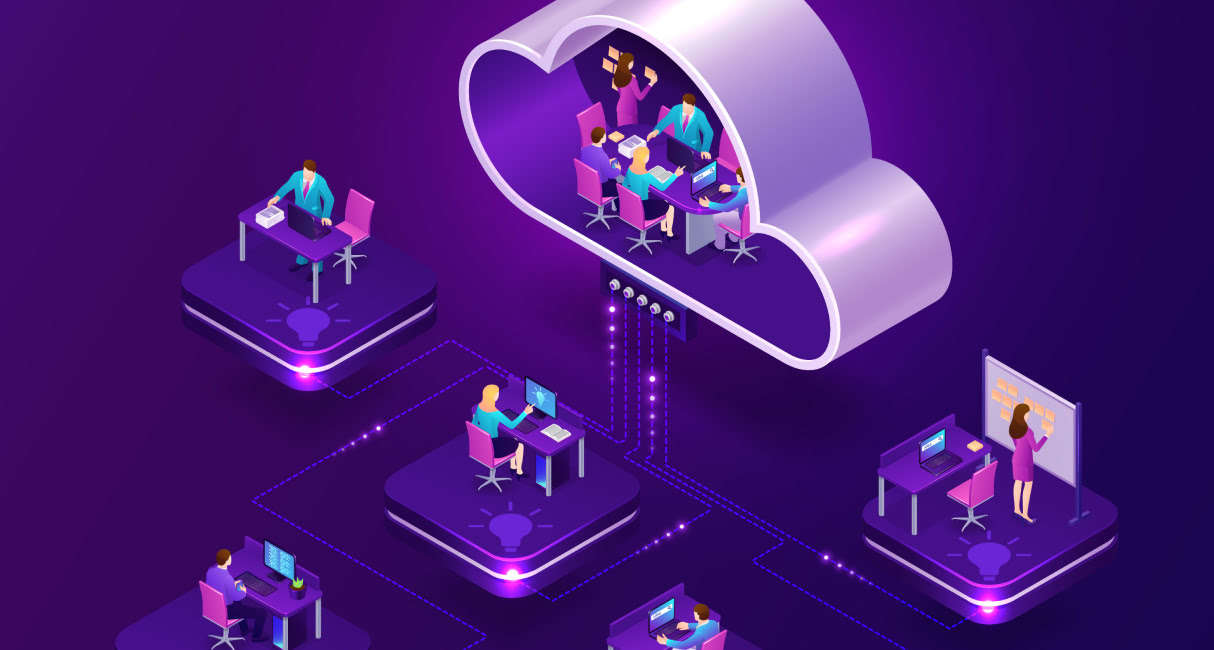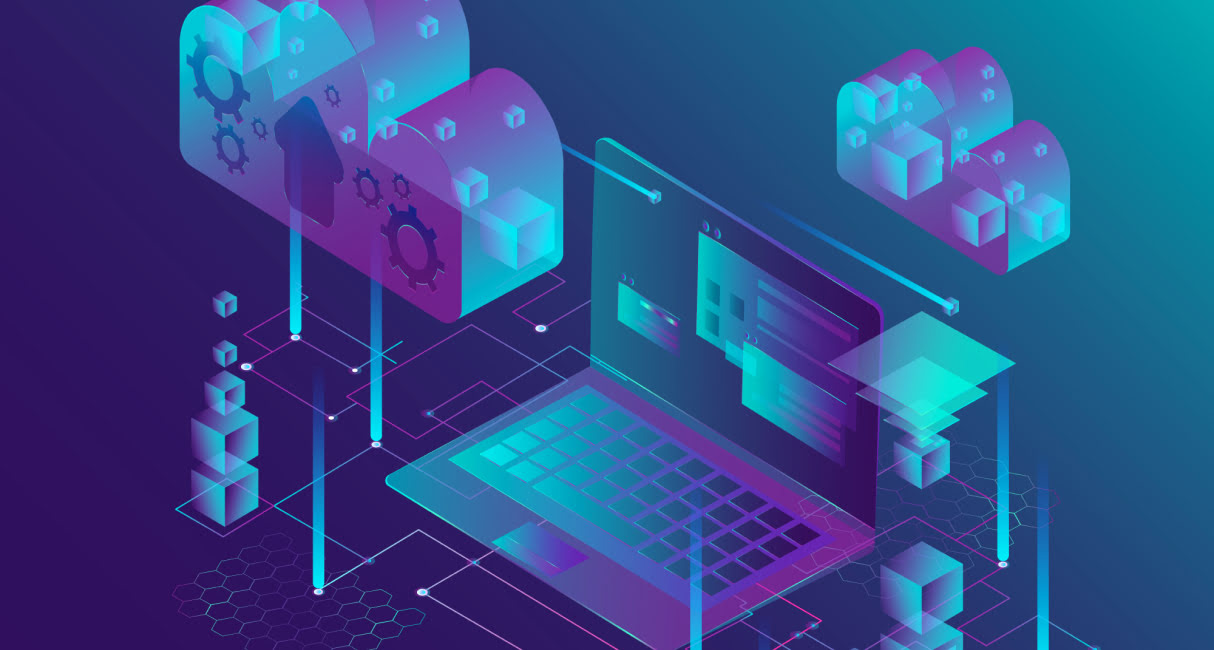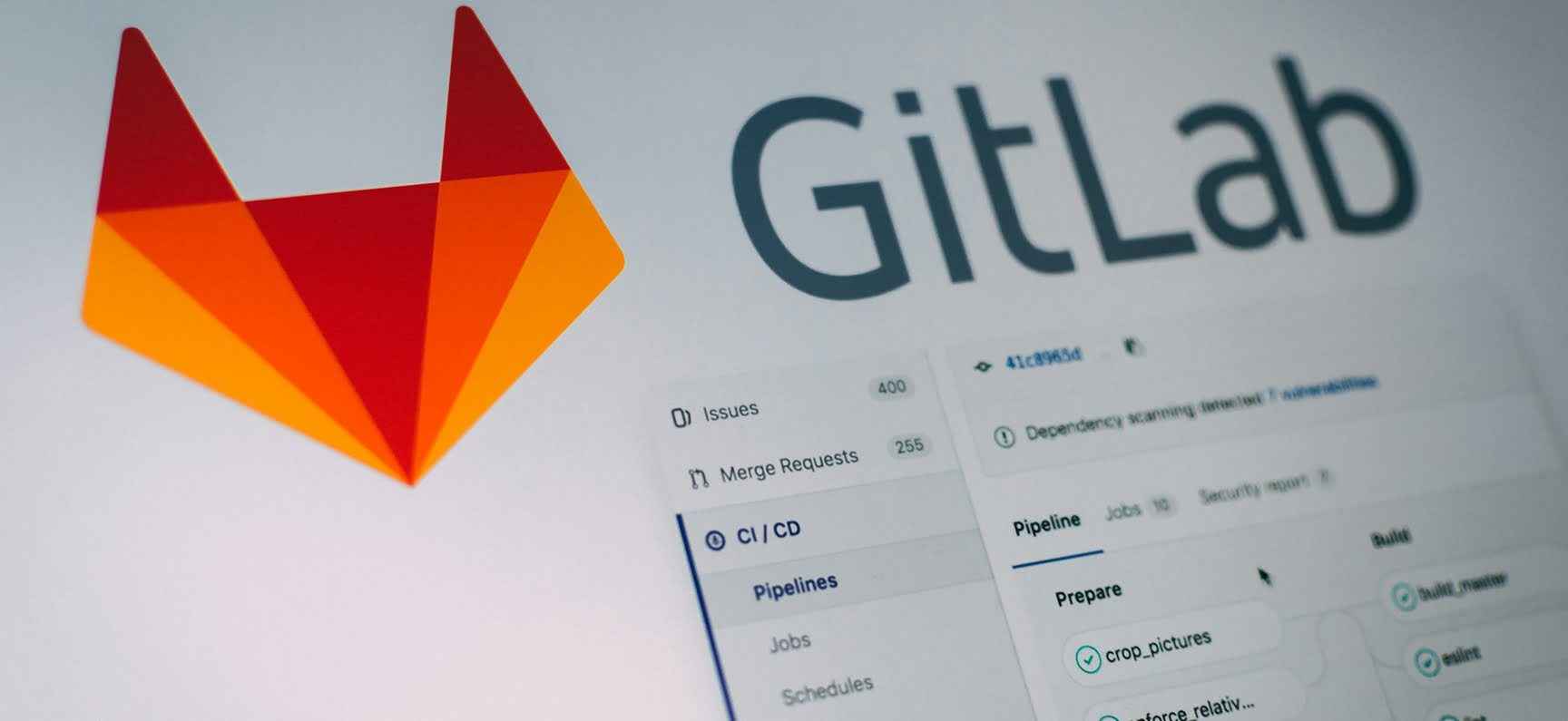In today’s fast-paced development world, delivering software quickly isn’t just a bonus – it’s a requirement. Teams need flexible, powerful platforms that keep up with agile cycles, automate tasks, and scale on demand. That’s where the best cloud development tools come in. They streamline everything from coding and testing to deployment and monitoring, helping developers move faster with fewer headaches.
At the heart of this evolution are cloud-based engineering tools – solutions designed to support collaboration, efficiency, and real-time updates across globally distributed teams. Whether you're building microservices, APIs, or full-stack apps, these solutions are essential for staying competitive and cutting delivery times.
Essential Toolkits for Cloud-Native Development Teams
Choosing the right solutions is critical for speed, collaboration, and maintaining modern native workflows. Whether you’re deploying microservices, automating CI/CD, or enhancing DevOps with AI, these curated toolsets represent the best in cloud-based engineering. With the growing demand for cloud based application development tools and robust cloud based development tools, developers need solutions that streamline delivery without sacrificing flexibility. Let’s break them down by category to help you find the right fit for your stack.

Cloud-Native and Collaboration Tools for Dev Teams
These are part of the best cloud based collaboration software development tools for frontend developers, enabling shared feedback, real-time edits, and seamless development workflows.
- Google Shell – A built-in, browser-based IDE supporting Kubernetes, Terraform, and Cloud SDK. It's one of the most flexible cloud software development tools for quickly testing and iterating code in a real environment.
- AWS Cloud9 – A full-featured, integrated IDE offering real-time collaboration, built-in terminals, and debugging solutions native to the AWS ecosystem.
- Oracle Visual Builder – One of the top Oracle cloud development tools, Visual Builder is a low-code platform designed for rapid application development and deployment in Oracle. It allows developers and business users to quickly create web and mobile applications with a visual drag-and-drop interface, backed by full integration with Oracle databases and REST APIs.
Core Cloud Platform Tools
When it comes to the backbone of modern deployment, these solutions are some of the best cloud computing development tools on the market. Whether you’re automating pipelines, managing containers, or deploying microservices, these native development solutions are built for scalability, speed, and stability in remote infrastructure environments.
- Cloud Build – Google’s fully managed CI/CD service lets you automate builds, tests, and deployments across multiple environments. It’s a favorite among cloud native development tools for its deep integration with Google services.
- Artifact Registry – Securely stores and manages container images and language packages, essential for managing dependencies in remote infrastructure native applications.
- Cloud Functions & Cloud Run – These serverless solutions help you deploy code without managing servers, making them some of the best remote infrastructure developer solutions for rapid delivery and auto-scaling.
- AWS CodePipeline, CodeBuild, CodeCommit, and SAM CLI – A full suite of CI/CD and serverless Amazon AWS cloud development tools. These services represent the gold standard in native development utilities, helping teams deploy faster and more reliably.
- EKS Distro and AWS Copilot – Kubernetes-based utilities for building, deploying, and managing microservices with AWS best practices. These are go-to choices when your goal is to leverage the best cloud developer tools for cloud-native development at scale.
Open-Source & Cross-Platform Tools
These utilities are standard in cloud engineering teams building remote infrastructure native infrastructure and microservices.
- Terraform – Infrastructure as Code across remote infrastructure providers
- Pulumi – Code-first IaC supporting TypeScript, Python, Go
- Docker + Kubernetes – Essential remote infrastructure containerization and orchestration, supported by robust Kubernetes tools
- Helm – A package manager for Kubernetes, simplifying app deployments with templated charts.
- Argo CD – Implements GitOps patterns to automatically deploy apps by watching Git repositories for updates.
- Flux – Another GitOps operator, primarily for orchestrating changes and syncing clusters via declarative configuration.
- Istio – A service mesh that manages secure traffic, routing, and resilience across microservices clusters.
- Kustomize – Used for overlaying Kubernetes manifests without forking entire configuration sets.
- OpenTelemetry – A vendor-neutral framework for collecting traces, metrics, and logs—perfect for observability across remote infrastructure native architectures.
Productivity & DevOps Tools
Maximizing developer efficiency and ensuring smooth DevOps operations requires solutions that support fast iteration, collaboration, and experimentation. These Google Cloud Platform developer tools and other powerhouse platforms help your teams move quickly, maintain code quality, and innovate without friction.
- GitHub Codespaces – Instant, container-hosted VS Code environments spun up in seconds. Perfect for on-demand development, pair programming, and sandboxed testing – without local setup hassles.
- JetBrains Space – A unified ecosystem combining IDEs, issue tracking, CI pipelines, and chat. It brings code, collaboration, and DevOps to one platform, boosting productivity for end-to-end development.
- Google Colab – A hosted Jupyter notebook environment powered by GPUs and TPUs. Ideal for data scientists and developers experimenting with ML models, collaborating via shared notebooks, and integrating AI workflows.
AI Tools for DevOps
Integrating ai tools for devops boosts CI/CD pipelines, speeds troubleshooting, and predicts failures before they impact production. Whether you're working in a startup or managing enterprise-scale infrastructure, these tools add a layer of intelligence that improves deployment speed, stability, and scalability. Below are some standout solutions that bring real-world value to modern DevOps workflows:
- Kubeflow – One of the top open source cloud development tools, built to streamline machine learning pipelines in Kubernetes environments with end-to-end orchestration.
- Prometheus with ML extensions – Ideal for observability in modern stacks, it applies AI for anomaly detection and performance tuning, pushing the limits of what's possible with cloud technology.
- Jenkins with AI plugins – A trusted choice in cloud platforms for automating builds, testing, and deployments with the added benefit of predictive error handling through machine learning enhancements.
Tools from Azure, IBM, and Salesforce
- These utilities support varied use cases, from web development to enterprise SaaS ecosystems.
- Azure DevOps and Visual Studio Codespaces power both traditional and remote infrastructure native website development across languages.
- IBM Cloud Continuous Delivery for pipelines, toolchains, and issue tracking.
- Salesforce Marketing Dev Solutions – Though geared toward marketers, backend solutions support integration and development workflows.
Choosing the Right Toolkit
Your cloud app development tools stack isn’t just about picking what’s trendy – it’s about aligning your utilities with how your team works, what you’re building, and where it needs to run.
The ideal cloud app development tools stack depends on:
- Deployment Target – Whether you’re all-in on AWS, committed to GCP, exploring Microsoft Azure, or running a hybrid setup, each remote infrastructure offers unique solutions tailored to its ecosystem.
- Application Architecture – Your tool choices should match your system design. Serverless functions benefit from solutions like Functions or Azure Functions, while containerized microservices need Kubernetes and CI/CD support.
- Team Workflow & Culture – Does your team prefer code-first IaC like Terraform and Pulumi, or drag-and-drop environments like Oracle Visual Builder? Are your workflows DevOps-heavy with GitOps pipelines, or more traditional with managed build services?
- Development Speed & Productivity – Desired productivity tools for cloud developers and collaboration workflows. Choose productivity solutions for remote infrastructure developers that reduce friction – GitHub Codespaces for instant dev environments, JetBrains Space for integrated project tracking, or Google Colab for real-time ML experimentation.
- Security & Governance Requirements – Solutions must comply with your organization’s security posture. Look for built-in RBAC, audit trails, and solutions that integrate with your security stack and identity providers.
- Toolchain Modularity & Flexibility – Make sure your stack is swappable and future-proof. Solutions should be easy to extend or replace without locking your team into a single vendor’s ecosystem.
- Scalability & Automation Potential – Prioritize solutions that can grow with your product and support automation from provisioning to deployment.
Expert Opinion «The right development tools don’t just help you ship code – they help you build smarter, more resilient software. At ARTJOKER, we believe in crafting cloud-native environments where every part of your stack – from CI/CD pipelines to container orchestration – works together seamlessly. That harmony is what drives speed, quality, and innovation.»Oleksandr Prokopiev Chief Executive Officer, ARTJOKER Software

Why Artjoker Stands Out
With cloud development services rooted in real-world delivery, Artjoker equips teams with tailored toolsets and expert guidance to accelerate:
- Project delivery time through automated CI/CD and remote infrastructure IDE support
- Remote infrastructure native built with Terraform, Kubernetes, and microservices
- Integration of AI-enhanced processes through AI in cloud computing
- Ongoing performance, cost, and security optimization
Checklist: Your Cloud Development Readiness
Before diving into remote infrastructure native development, it’s important to take stock of your environment. This checklist helps you assess whether your solutions, workflows, and architecture are ready for fast, scalable, and reliable delivery in the remote infrastructure.
- Have you selected a primary remote infrastructure platform (AWS, GCP, Azure) or committed to a multi-cloud approach?
- Are your CI/CD pipelines fully operational and integrated into your cloud stack?
- Do your teams collaborate using shared cloud-based IDEs?
- Is your tech stack equipped to support both serverless functions and Kubernetes?
- Does your toolkit include automated infrastructure provisioning?
- Are AI-assisted solutions integrated into your DevOps and debugging workflows?
- Can your architecture scale automatically with user demand?
- Do you have real-time monitoring, logging, and cost analysis for production?
- Is developer support covered through external or in-house services?
- Are your utilities modular and flexible enough to evolve with your product roadmap?

Case Study: eCommerce Replatforming with Kubernetes and ElasticSearch
A long-standing online merchant engaged Artjoker to transition hundreds of stores—across industrial, construction, and lifestyle categories—onto a future-proof platform with centralized control and smarter search.
Key Enhancements
- Consolidated product information via Akeneo and automated DevOps deployment using Kubernetes on DigitalOcean
- Redesigned admin tools for effortless management of multiple storefronts, UI themes, and dynamic content
- Integrated ElasticSearch to replace legacy PostgreSQL filters and boost performance
- Automated file imports using task queue architecture, ensuring no data loss
Business Benefits
- 3.5× faster backend queries, improving UX and reducing infrastructure load
- Flexible attribute filtering across millions of SKUs—without code changes
- Zero drop in performance even under 3+ million record load
- Full-text search with typo tolerance increased product discoverability
What are cloud-based development tools?
Cloud-based development tools are software platforms hosted in the cloud that help developers write, test, and deploy code without needing powerful local machines. These tools support collaboration, scalability, and remote access for modern development teams.
What are the advantages of using cloud development tools over traditional setups?
Cloud tools offer real-time collaboration, easy scalability, automatic backups, and simplified CI/CD integration. They eliminate the need for complex local setups and make it easier to build, test, and deploy applications from anywhere.
Which platforms offer the best cloud development tools?
Some of the top platforms include Google Cloud Platform, Amazon AWS, Microsoft Azure, Oracle Cloud, and IBM. Each offers native development tools tailored for different cloud-native needs and workflows.
Are cloud-native development tools suitable for enterprise projects?
Absolutely. Many cloud-native tools are built with enterprise-grade reliability, security, and scalability. They support complex workflows including microservices, container orchestration, AI integration, and more.
How do I choose the right cloud development toolkit for my project?
Start by identifying your platform (AWS, GCP, Azure), development approach (low-code, full-stack, serverless), team size, and collaboration needs. From there, build a stack that aligns with your workflow – using tools that integrate smoothly across CI/CD, infrastructure automation, and DevOps.
Conclusion
There’s no magic bullet in the world of engineering utilities– but there is a winning approach: choose tools based on your deployment platform, support scalable workflows, and integrate cloud-native best practices. Whether you're building serverless functions, containerized microservices, or tailored SaaS platforms, the right tools make the difference between slow development and lightning-fast delivery.
Need help building a cloud native development environment with the right utilities and automation? Contact Artjoker today and let’s craft a toolkit that scales with your vision.
Similar articles
View allyour business
together
- PROJECT INQUIRIES info@artjoker.net
- CALL US +1 213 423 05 84
contact us:












